 Since Feb. 24, 2022, Ukraine has faced widespread destruction that threatens its GDP and quality of life as a result of the ongoing conflict. This situation has led to one of the fastest displacements of people since World War II. The relentless brutality and intensity of the conflict have severely weakened Ukraine’s infrastructure and economy, erasing 15 years of progress. This regression has pushed an additional 7.1 million people into poverty, raising the poverty rate to 24.1% in 2022. With health services and an adequate supply of food and water also severely lacking, Ukraine has become an incredibly dangerous place to live, earning a spot on the IRC’s Emergency Watchlist.
Since Feb. 24, 2022, Ukraine has faced widespread destruction that threatens its GDP and quality of life as a result of the ongoing conflict. This situation has led to one of the fastest displacements of people since World War II. The relentless brutality and intensity of the conflict have severely weakened Ukraine’s infrastructure and economy, erasing 15 years of progress. This regression has pushed an additional 7.1 million people into poverty, raising the poverty rate to 24.1% in 2022. With health services and an adequate supply of food and water also severely lacking, Ukraine has become an incredibly dangerous place to live, earning a spot on the IRC’s Emergency Watchlist.
Ukraine’s Humanitarian Crisis
Following discussions in London, Labour Party Foreign Secretary David Lammy and the United States (U.S.) Secretary of State Antony Blinken traveled to Kyiv on Sept. 11, 2024. In Ukraine’s capital, they conferred with President Volodymyr Zelensky about deepening the United Kingdom (U.K.) and U.S. alliance and increasing humanitarian support for Ukraine. Recent reports of Russia possessing ballistic missiles have prompted urgent reactions from the U.K.’s Labour Party. David Lammy vocalized his concerns and reinforced his commitment by stating, “The U.K.’s support to Ukraine is unwavering.”
Improving the Future of Ukraine
Since Feb. 2022, the U.K. government has provided nonmilitary aid and loan guarantees to Ukraine. With the recent transition to a Labour government, there are significant efforts underway to continue and expand this support. In light of the escalating conflict, David Lammy has acknowledged the urgent need for additional U.K. aid, committing over £600 million in humanitarian support for Ukraine. During his recent visit to Kyiv, Lammy stated, “The bravery and resilience of the Ukrainian people is inspiring. Alongside the U.S., we are committed to giving Ukraine what it needs to resist Russia’s illegal invasion.” This £600 million pledge will target several specific areas of need:
- £242 million will be used from 2024 to 2025 ‘for urgent humanitarian, energy and stabilization needs, as well as for support of reforms, recovery and reconstruction.’
- £100 million in humanitarian aid will be allocated to 2024 funding. This will specifically help Ukrainian citizens most vulnerable to the conflict.
- A supplementary £20 million will be added, which will ‘double 2024 assistance for critical repairs, protection of power grids and strengthening Ukraine’s energy infrastructure.’
- A sum of potentially £40 million will go toward helping Ukraine recover from the conflict in a fixed and accelerated manner.
- A proposed £484 million will be provided to World Bank financing through the form of loan guarantees in late 2024. This will help to rebuild and stabilize Ukraine’s economy.
Looking Forward
Ukraine’s ongoing conflict has devastated its infrastructure and economy, pushing millions into poverty and creating severe shortages in necessities. In response, the U.K. government, under the leadership of Labour Party Foreign Secretary David Lammy, has pledged £600 million in humanitarian aid. This funding will focus on urgent needs such as energy, food and health care, as well as long-term recovery efforts. The commitment aims to bolster Ukraine’s resilience against Russian aggression and help rebuild its economy.
– Imogen Prince
Imogen is based in Oxford, UK and focuses on Politics for The Borgen Project.
Photo: Flickr
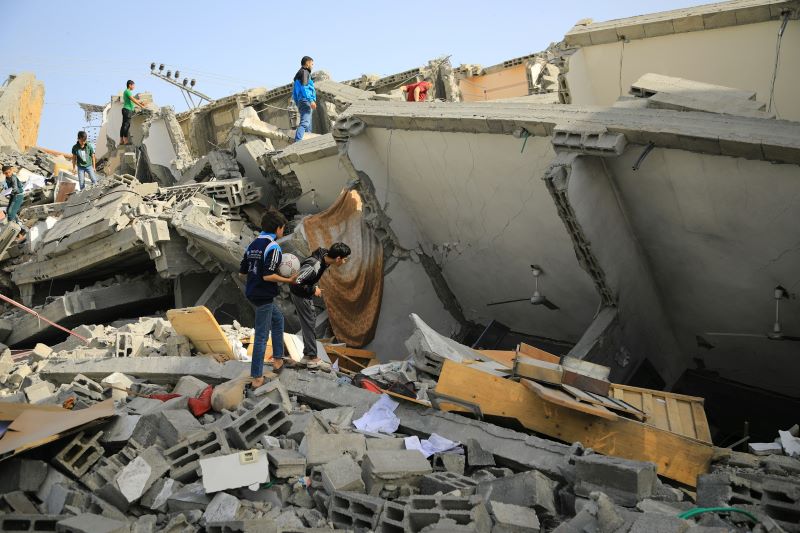 In a press release from September 4, 2024,
In a press release from September 4, 2024, 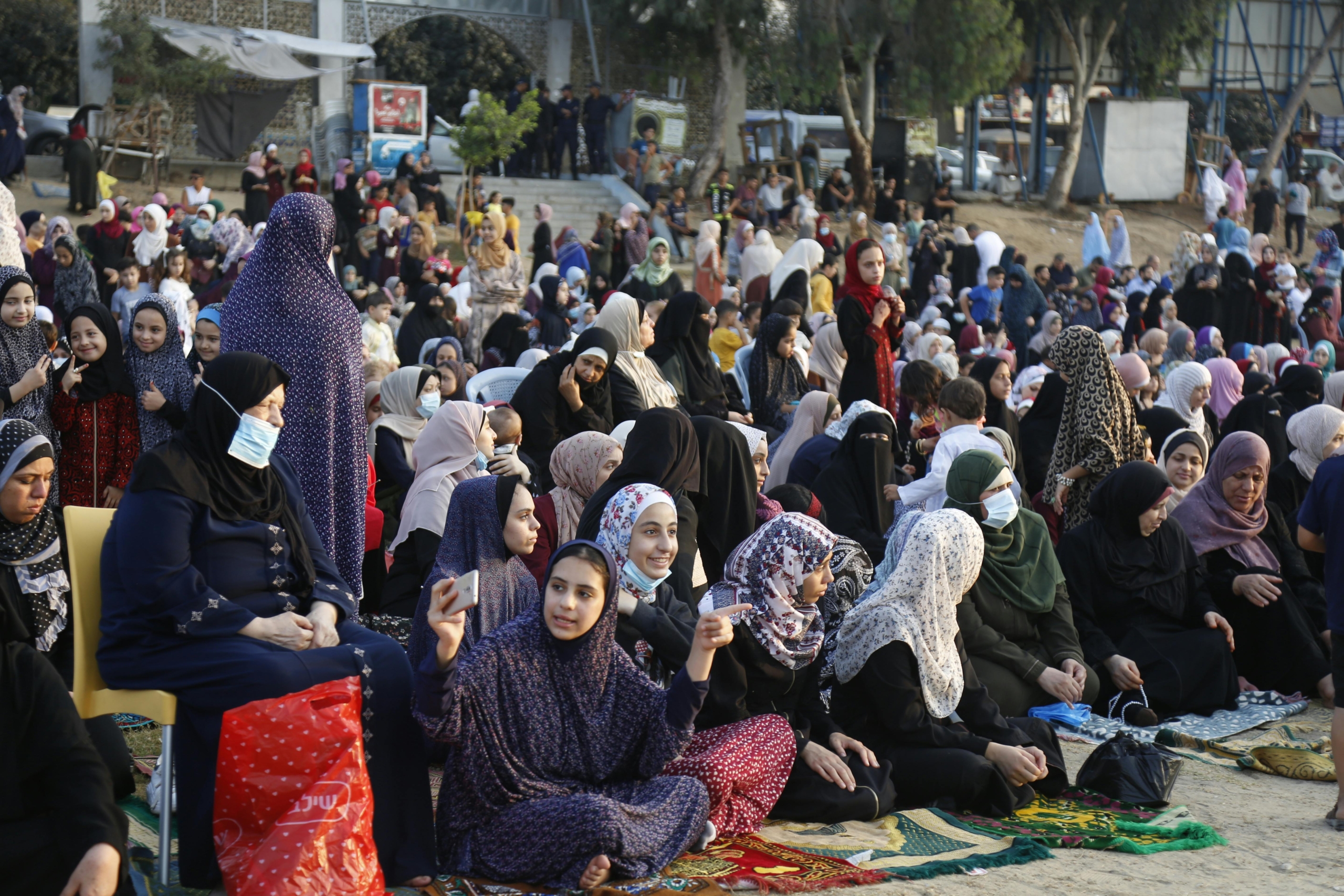
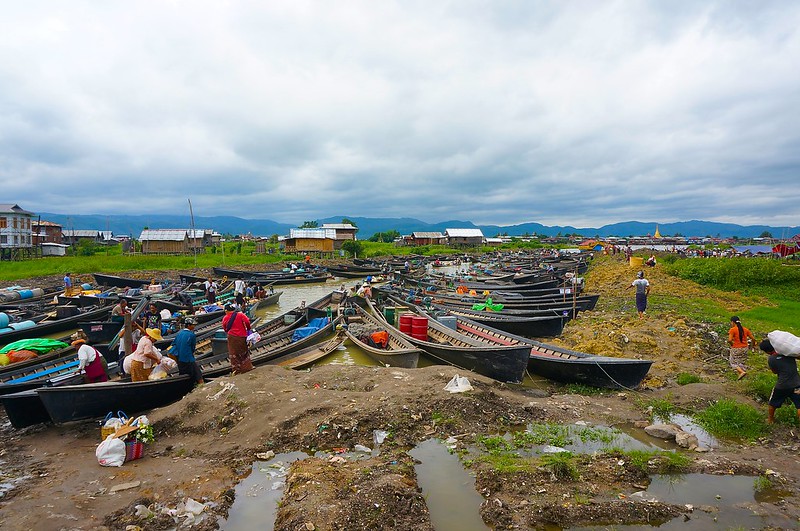 Since
Since 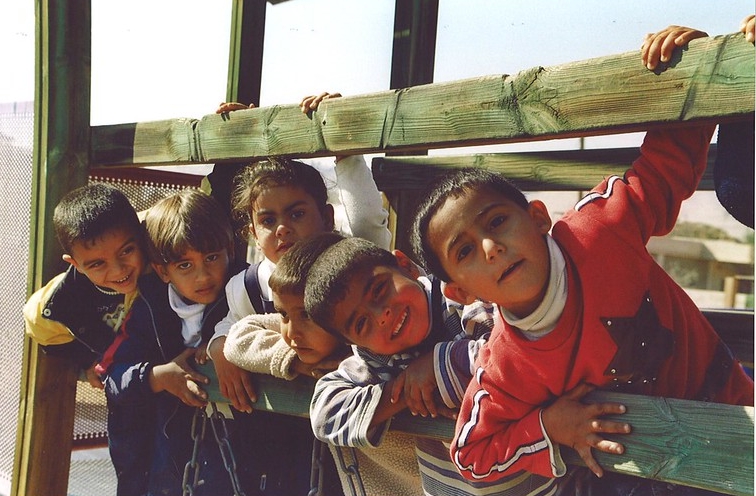
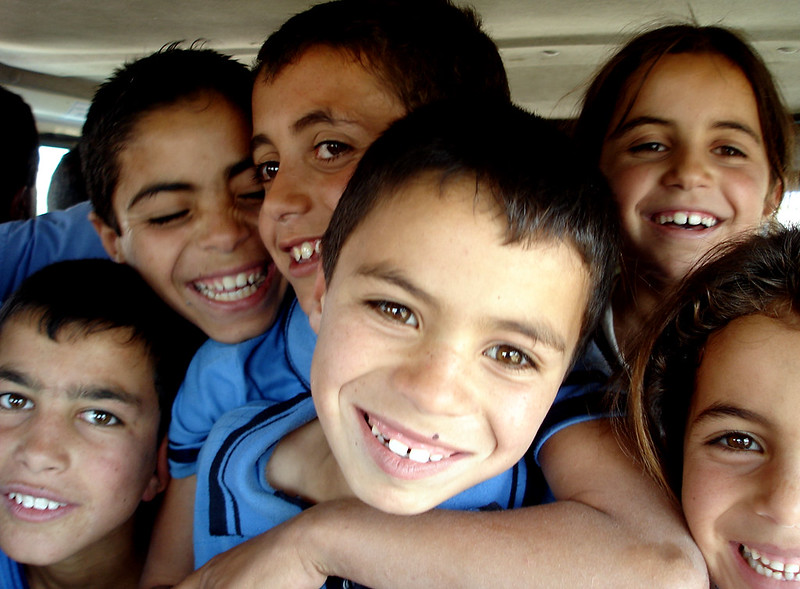
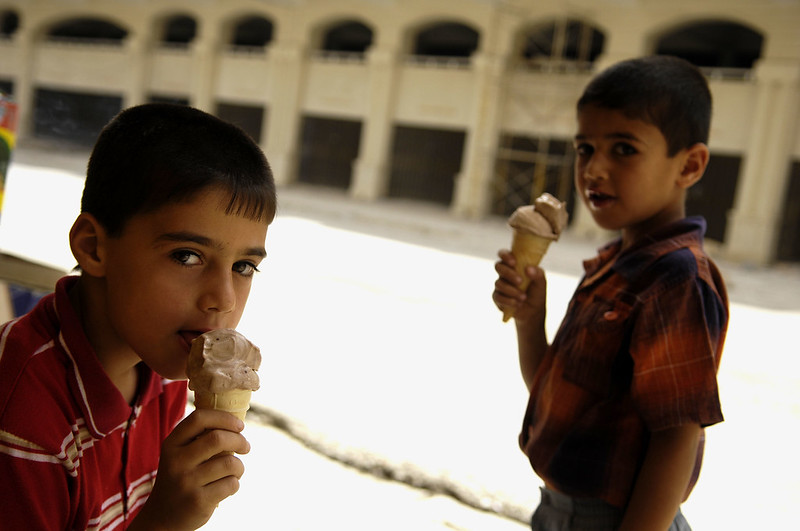

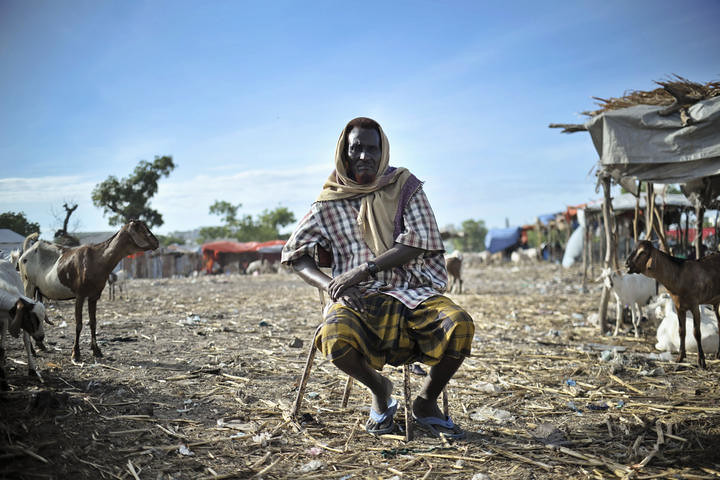
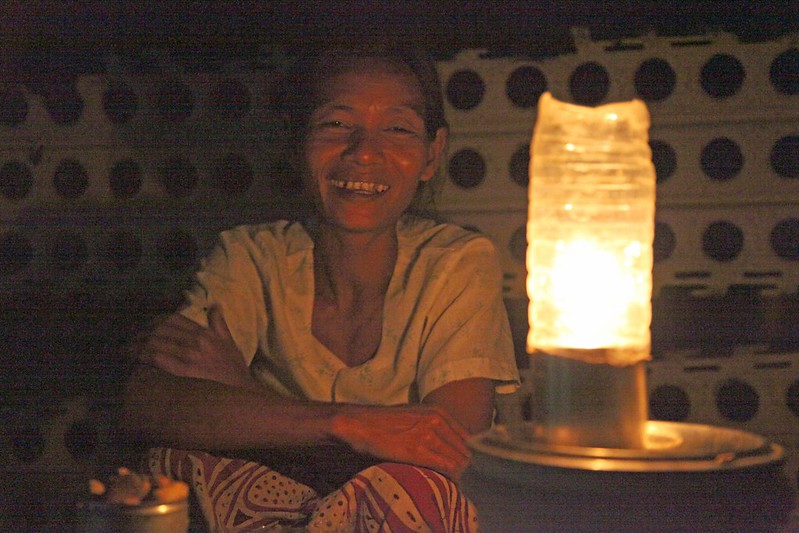 The ongoing conflict in Myanmar has caused immense hardship, displacing millions and disrupting essential services. However, amid the challenges, hope emerges in remote villages. Micro-hydropower dams, harnessing the power of rushing rivers, are proving to be more than just a source of electricity – they are fostering self-sufficiency and resilience for communities facing immense adversity. Micro-hydropower provides reliable electricity, enabling villages to operate medical equipment, power schools for extended hours and improve communication infrastructure. This fosters a sense of normalcy and stability in a region grappling with conflict.
The ongoing conflict in Myanmar has caused immense hardship, displacing millions and disrupting essential services. However, amid the challenges, hope emerges in remote villages. Micro-hydropower dams, harnessing the power of rushing rivers, are proving to be more than just a source of electricity – they are fostering self-sufficiency and resilience for communities facing immense adversity. Micro-hydropower provides reliable electricity, enabling villages to operate medical equipment, power schools for extended hours and improve communication infrastructure. This fosters a sense of normalcy and stability in a region grappling with conflict.